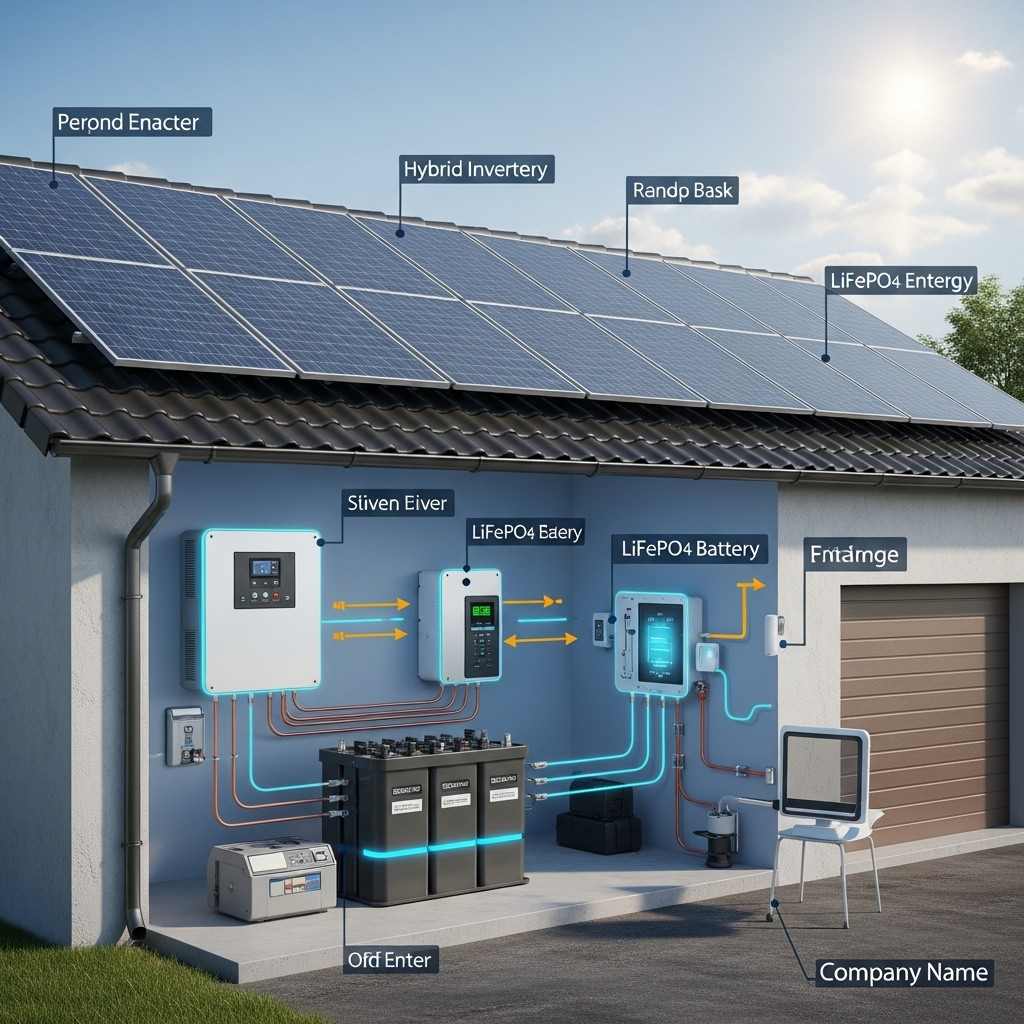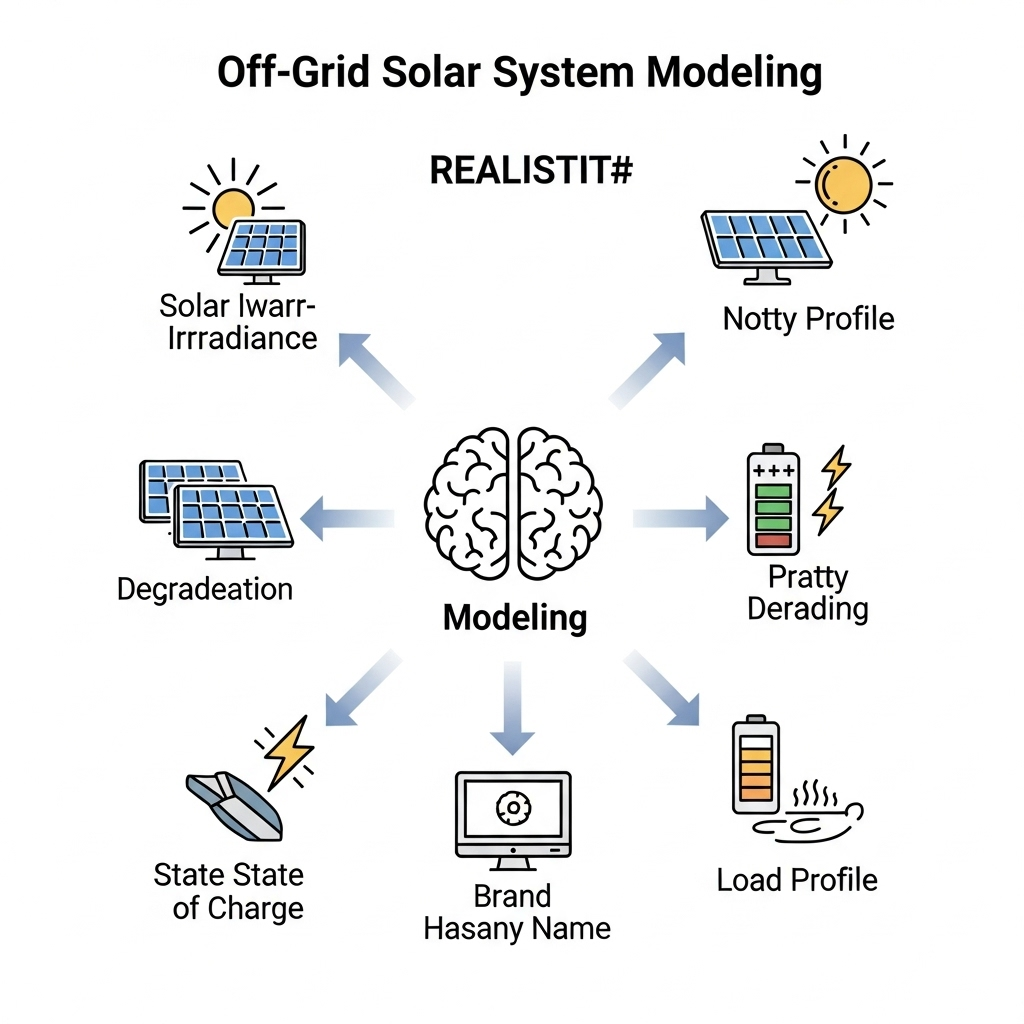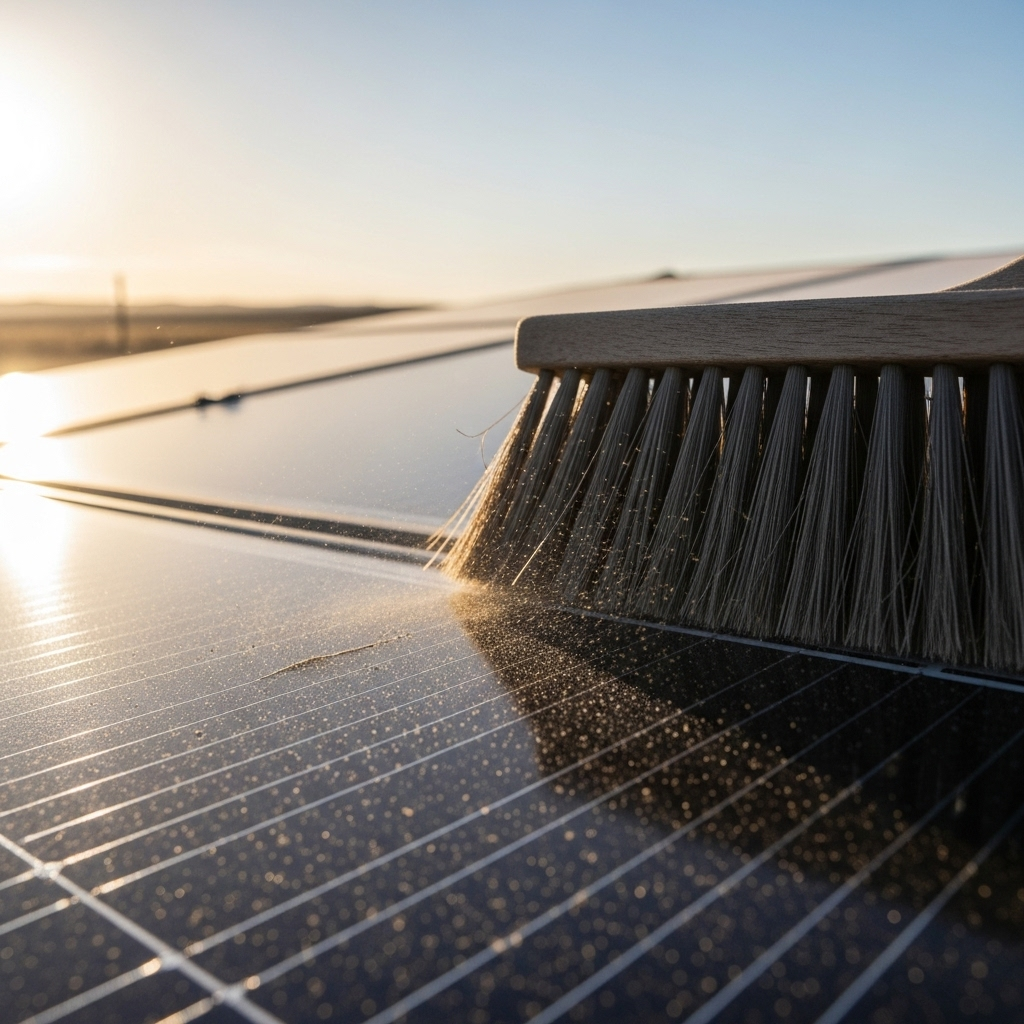As more individuals and communities pursue energy independence, off-grid solar systems are becoming a cornerstone of modern resilience. These systems offer freedom from utility grids, but they also introduce a unique challenge: long-term yield risk. Ensuring your system produces the power you need, year after year, requires foresight and strategic planning. This outlook examines the emerging trends in off-grid yield risk leading up to 2030 and provides actionable strategies to secure your energy production for the long haul.
What is Off-Grid Yield Risk?
Before planning for the future, it's important to have a clear picture of the challenge. Off-grid yield risk is the uncertainty that your system will consistently generate its expected amount of energy over its lifespan. This isn't about a single cloudy day; it's about the cumulative factors that can erode performance over a decade or more.
Defining Yield and Uncertainty
In simple terms, yield is the actual kilowatt-hours (kWh) your system produces. Uncertainty refers to the gap between projected output and real-world results. A high-risk system is one where this gap is wide and unpredictable. A low-risk system delivers reliable, forecastable power, giving you confidence in your energy supply. The goal of yield risk mitigation is to narrow this gap and make your energy output as predictable as possible.
Key Factors Driving Risk
Several variables contribute to yield uncertainty in off-grid energy systems. These include:
- Environmental Variability: Solar irradiance is the primary fuel for your system. Changes in local weather patterns, increased cloud cover, or even airborne dust and pollution can directly impact your daily energy harvest.
- Component Degradation: All hardware ages. Solar panels lose a small fraction of their efficiency each year (panel-induced degradation). More significantly, batteries lose their capacity to hold a charge over time, which directly reduces the amount of usable energy.
- Consumption Changes: Your energy needs may not stay static. Adding new appliances, expanding your home, or changing lifestyle habits can increase demand, putting a strain on a system that was sized for lower usage.
Future Challenges: What to Expect by 2030
Looking ahead, several macro-trends are poised to amplify off-grid yield risk. Understanding these trends is the first step toward building a future-proof system.
Climate Change and Weather Volatility
Increasingly unpredictable weather is a primary concern. Long-term climate models suggest more extreme weather events and shifts in regional climate patterns. This translates to greater uncertainty in solar resource availability. A region that is sunny today might experience longer or more frequent periods of cloud cover by 2030, directly impacting system yield. According to the IEA's Renewables 2024 report, while renewable deployment is accelerating, addressing challenges like grid integration and resource variability is critical for unlocking full potential, a lesson that applies directly to off-grid resilience.
Technological Evolution and Degradation
Technology is a double-edged sword. While new, more efficient components are constantly being developed, the long-term performance of these technologies is still being studied. By 2030, many systems installed today will be approaching a decade of service. The actual degradation rates of panels, inverters, and especially batteries will become a major factor in yield. Systems built with less durable components may see a sharp decline in output, creating a significant performance gap.
Economic and Supply Chain Pressures
Global supply chains for clean energy components are complex. As noted in the World Energy Investment 2023 analysis, while investment in renewables is growing, the industry faces cost pressures and supply chain bottlenecks. For an off-grid system owner, this could mean higher costs or longer wait times for replacement parts by 2030. This risk makes choosing durable, long-lasting original components even more important to minimize the need for future replacements.
Proactive Strategies to Mitigate Yield Risk
Fortunately, yield risk is not an insurmountable problem. With smart design and technology choices, you can build a robust and reliable off-grid system that stands the test of time.
Advanced System Design and Sizing
The most effective mitigation strategy begins at the design phase. Move beyond basic calculations and plan for uncertainty.
- Strategic Oversizing: A common practice is to oversize the solar array by 25-30% relative to your daily energy needs and battery capacity. This creates a buffer, ensuring you can fully charge your batteries even on less-than-perfect days and compensating for future component degradation.
- Component Quality: The quality of your components is paramount. High-efficiency solar panels and robust hybrid inverters form the foundation, but the energy storage system is often the most critical element for long-term performance. For a deeper look into evaluating system components, the ultimate reference on solar storage performance provides detailed metrics and benchmarks that can help you make informed decisions.
The Role of High-Performance Energy Storage
Your battery bank is the heart of your off-grid system. It determines how much energy you can store and use after the sun goes down. Choosing the right battery technology is the single most impactful decision for mitigating long-term yield risk. Lithium Iron Phosphate (LiFePO4) batteries have emerged as the superior choice for their safety, longevity, and predictable performance.
| Feature | LiFePO4 Battery | Traditional Lead-Acid Battery |
|---|---|---|
| Cycle Life | 4,000 - 8,000 cycles | 300 - 1,000 cycles |
| Depth of Discharge (DoD) | 80% - 100% | 50% |
| Usable Energy | High | Low (due to DoD limit) |
| Round-Trip Efficiency | ~95% | ~80-85% |
| Lifespan | 10 - 20 years | 3 - 5 years |
| Maintenance | None | Regular (e.g., watering) |
The data is clear. A LiFePO4 battery provides more usable energy, lasts significantly longer, and operates more efficiently. This translates directly to lower yield risk, as the battery's performance will remain stable and predictable for over a decade, unlike a lead-acid bank that will need replacement multiple times in the same period.
Smart Monitoring and Predictive Maintenance
You cannot manage what you do not measure. A modern Battery Management System (BMS) and an inverter with advanced monitoring capabilities are essential tools. These systems provide real-time data on energy production, consumption, and battery state-of-health. By tracking performance trends, you can spot issues like a dirty panel or a failing component long before they cause a significant drop in yield. This predictive approach allows for proactive maintenance, ensuring your system always operates at peak performance.
Building a Resilient Energy Future
Navigating the path to 2030 requires acknowledging and planning for off-grid yield risk. The challenges of climate volatility and component aging are real, but they are manageable. By adopting a forward-thinking approach—centered on strategic system design, the selection of high-performance LiFePO4 energy storage, and diligent monitoring—you can build a resilient system. This isn't just about installing solar panels; it's about engineering a reliable, long-term energy solution that empowers you with true and lasting independence.
Frequently Asked Questions
What is the biggest off-grid yield risk?
The two most significant risks are unpredictable weather patterns impacting solar generation and the long-term degradation of system components, especially the battery bank, which can reduce stored usable energy over time.
How much should I oversize my solar system to mitigate risk?
A general guideline is to oversize your solar array and battery bank by 25-30%. This buffer helps compensate for days with low sunlight, accounts for gradual efficiency loss in panels, and ensures sufficient power as the battery ages.
Are LiFePO4 batteries really better for reducing long-term risk?
Yes. Their vastly superior cycle life (up to 10 times more than lead-acid), higher usable capacity (DoD), and stable performance over a 10-20 year lifespan make them a far more predictable and reliable energy storage solution, significantly lowering long-term yield risk.
Can a monitoring system actually increase my energy yield?
While a monitoring system does not generate more power, it protects your yield. By providing real-time data, it helps you identify and resolve issues like soiled panels, shading obstructions, or faulty equipment quickly, preventing energy losses and keeping your system running at its maximum potential.





Leave a comment
All comments are moderated before being published.
This site is protected by hCaptcha and the hCaptcha Privacy Policy and Terms of Service apply.